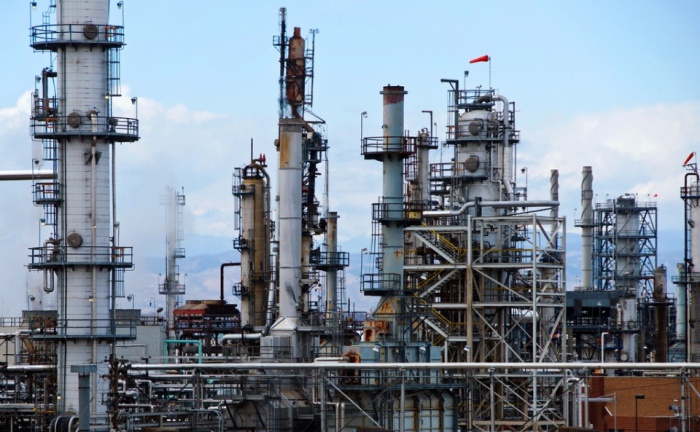 Photo by Jackson Carson
Photo by Jackson Carson
Roaring energy costs have been exerting constant pressure on the prices of various goods over recent months. Despite the unpleasantness of the situation, especially as it pertains to manufacturers, the burden of decreasing profits hasn’t been fully shifted over to consumers yet.
The Statistics Canada index, tracking costs of raw materials currently used in the production process, reports the greatest increase in oil prices in two years over March and April. This rise affects the production process in factories and, consequently, wholesalers and retailers as well, since they are charged more for products.
The index also shows that, thanks to a 16-per-cent monthly rise in the prices of crude oil, raw material costs increased by almost six per cent, resulting in producers raising their margins by 0.9 per cent. This is the fastest pace since the financial crisis started. Doug Porter, deputy chief economist at BMO Nesbitt Burns in Toronto, commented on the situation: “What we’re seeing is a bit of an echo in the big runup of producer prices that we witnessed three years ago, when oil got up to over $140 (U.S.) a barrel. The runup in oil prices so far in 2011 is affecting not just raw material prices, but the broader industrial product prices as well.” However, the recent output gap, one of the remains of the recession, together with the more than 7 per cent unemployment rate, suggest that retailers are not going to increase prices, even though their costs are rising.
Some experts expressed concern that it won’t be long before inflation pressure is no longer manageable by the Bank of Canada and the Federal Reserve.
